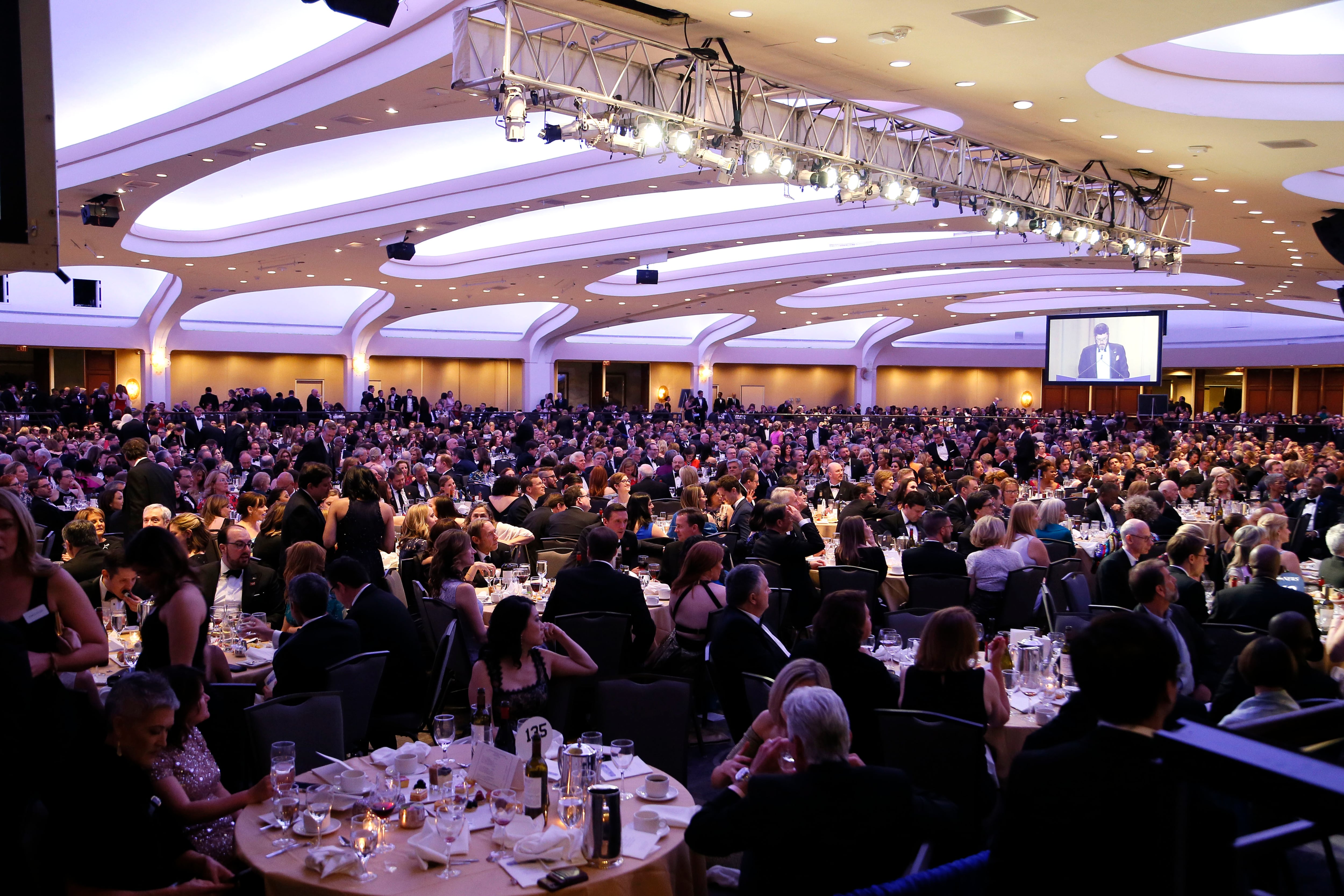April 27th was the White House correspondents’ dinner in Washington, D.C. For the third year, our company had a table.
It was a mellow night.
Obviously, it’s not the hot ticket it once was. Since taking office, President Donald Trump has opted out of attending – this year ordering that no others from the administration do so either. Hollywood elite no longer shows. And this year the tradition of a comedian as headliner was scrapped, replaced by Ron Chernow, biographer of American presidents. An admirable choice – but contributing to a very different atmosphere.
Like I said, it was a mellow night.
Every journalist has an opinion on the shift. Some say it’s transformed into a true celebration of the press corps, not a red-carpet event for celebrities that fancy themselves political activists and not a platform for the hilarious but sometimes raunchy roast of politicians and cable news networks.
Others say it’s simply one more casualty of the toxic relationship between Trump and the media.
Both are right. And neither event – the pre-Trump extravaganza or the more subdued post-Trump affair – reflects what I would describe as the ideal balance of healthy tension and mutual respect. It occured to me this year that the dinner is the perfect allegory of the notoriously imperfect dynamic between the press and the White House.
I didn’t always view the relationship this way. In 2015, not long after I came on board as editor of Federal Times, I wrote a column as part of our 50-year anniversary celebration. It was called, “Media and the feds: 50 years of civility, 50 years of contention.” In that column I reflected on the shifts in the relationship over recent decades and concluded that we landed at an interesting and healthy place: where government and media have both a mutual respect and a mutual skepticism.
Four years later, that’s longer true. And using the correspondents’ dinner as a barometer, maybe it wasn’t even true then. The last dinner attended by President Barack Obama came roughly six months after I wrote that column and, while I was not there, most coverage of the dinner reflected a comradery. Liberal media and liberal comedy were, and perhaps usually are, easy on the rather liberal commander-in-chief. All was in good fun. The digs were tame. That skepticism that I thought existed was nearly absent. Everyone had a good laugh together. At least that’s the way it appeared in coverage of the dinner the next day.
Fast forward to the Trump era, where the press and the president, quite literally, can’t be in the same room together.
Neither scenario is ideal. One of my fellow editors has long found the whole concept of the correspondents’ dinner preposterous, arguing that it shouldn’t even exist. I’m not there yet. I figure, if my reporters can travel with government officials around the globe and maintain their good editorial judgement, then certainly we should be able to have a meal together.
And the whole affair doesn’t have to necessarily be quite so – mellow. But it doesn’t have to be so chummy either.
Like I said in 2015, the healthiest and most productive relationship under the circumstances would be where government and media have that mutual respect and a mutual skepticism. Unfortunately, we just can’t seem to figure out a way to get there.
Jill Aitoro is editor of Defense News. She is also executive editor of Sightline Media's Business-to-Government group, including Defense News, C4ISRNET, Federal Times and Fifth Domain. She brings over 15 years’ experience in editing and reporting on defense and federal programs, policy, procurement, and technology.





